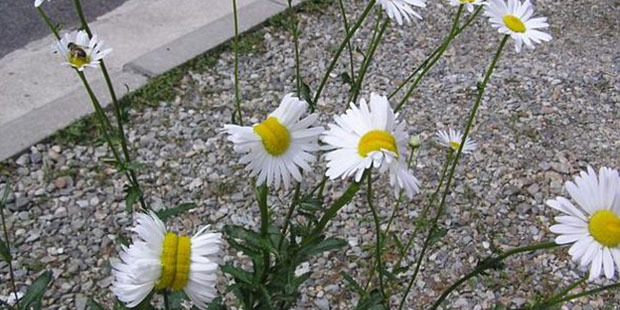-
Tips for becoming a good boxer - November 6, 2020
-
7 expert tips for making your hens night a memorable one - November 6, 2020
-
5 reasons to host your Christmas party on a cruise boat - November 6, 2020
-
What to do when you’re charged with a crime - November 6, 2020
-
Should you get one or multiple dogs? Here’s all you need to know - November 3, 2020
-
A Guide: How to Build Your Very Own Magic Mirror - February 14, 2019
-
Our Top Inspirational Baseball Stars - November 24, 2018
-
Five Tech Tools That Will Help You Turn Your Blog into a Business - November 24, 2018
-
How to Indulge on Vacation without Expanding Your Waist - November 9, 2018
-
5 Strategies for Businesses to Appeal to Today’s Increasingly Mobile-Crazed Customers - November 9, 2018
Photo of ‘mutant’ daisies in Japan triggers radiation fears
A recent photograph of less-than-perfect daisies near Japan’s Fukushima nuclear disaster site is generating headlines and is making the rounds on social media.
Advertisement
Images of mutated daisies which are growing in the region near the doomed Fukushima Nuclear Reactor in Japan are taking the Twitterverse by storm.
The flowers were found in Nasaushiobara, over 100 kilometres from Fukushima, where a 9.0 quake in March 2011 damaged the nuclear reactor causing it to leak.
“The left one has four stems grew up to be tied to each other and it had the ring-shaped flower”.
The Tweet, originally in Japanese, also measures the radiation in the area, saying that “The atmospheric dose is 0.5 μSv/h at 1m above the ground”. Despite such occurrences, airborne radiation levels in the town of Naraha, which is about 2 miles from the nuclear plant, have been deemed low enough for its evacuated residents to return.
But is that the case? After a mutant bunny was reported to have taken birth near the power plant, pictures of a daisies having grown with deformities have gone viral.
Experts believe that the abnormality can be attributed to hormonal imbalance.
Advertisement
The deformed flowers appear to have a natural, but rare, condition in vascular plants called “fasciation” or “cresting” that has been observed in other parts of the world that have not been exposed to large dosages of radiation.





























